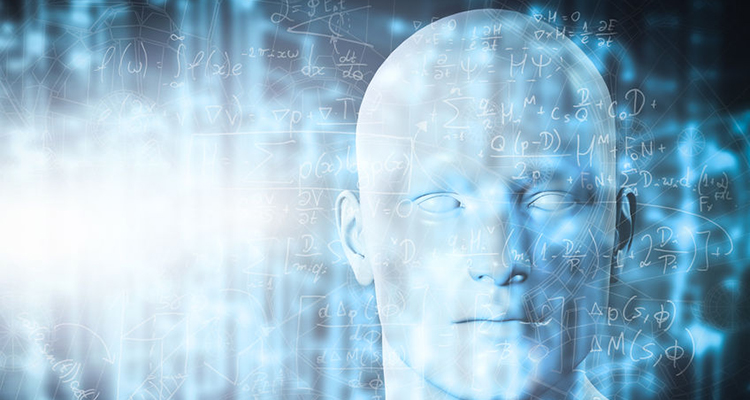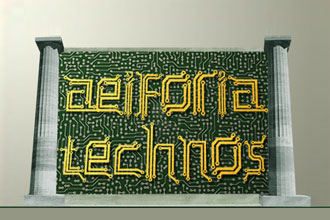When Machines Become as Smart as Us (or Smarter)

The often tumultuous presidential campaign has finally come to an end (Yay!!!). Now that we have all had the luxury of time to reflect on the outcome, expressing either our joy or sadness, we look to the future and wonder what the next administration will bring to the table regarding sustainability. With this in mind I recently had a great discussion about one of the key planks of President-Elect Trump’s platform regarding bringing manufacturing jobs back to the U.S.
 Manufacturing in the U.S. can have a dirty connotation to it, conjuring images of billowing smoke stacks, polluted rivers and barren landscapes — especially when Candidate Trump decried global warming as a Chinese hoax and threatened to get rid of the EPA. The real question is what does manufacturing look like in a modern landscape and how will it impact the environment? We have had a hint at this over the last several years despite what politicians say.
Manufacturing in the U.S. can have a dirty connotation to it, conjuring images of billowing smoke stacks, polluted rivers and barren landscapes — especially when Candidate Trump decried global warming as a Chinese hoax and threatened to get rid of the EPA. The real question is what does manufacturing look like in a modern landscape and how will it impact the environment? We have had a hint at this over the last several years despite what politicians say.
Several companies in sectors such as automotive, appliance, biotech have actually brought back jobs already to the U.S. as a result of the U.S. increasing its output of domestic energy including solar, wind and hydro electric — and yes, even oil. This easy access to cheap energy lowers cost of delivery and production making it attractive to produce in the States again despite higher wages.
The other real difference is the machinery being used to manufacture goods also requires less employees that have a higher skill level not often found overseas. Additionally machines are being built that don’t even really need supervision at all because they learn. This concept of machine learning dates back to 1959 when Arthur Lee Samuel developed his Samuel Checkers-playing program displaying the very fundamentals for artificial intelligence. This new technology was further refined in the 1990s with a focus on data mining and has been perfected by the likes of Google, Amazon and Apple.
Now we have technology in the palm of our hands that can snap a photo of people just by recognizing smiles or simple subtle gestures like blinking. The same can recognize a computer user and log in without ever having to remember another blasted password. Even more (not-so) subtle is the select advertising on a person’s social media feed reminding you of items you searched on line during your lunch hour or suggesting similar items, food, movies, and whatnot merely by learning your habits.
We now have a new intersection with Amazon’s Echo, Google’s Home and others that are always listening and watching — learning — and even intuitively making decisions for you before you even think of it. For example, turning on the coffee pot in the morning when it hears you wake up then selecting music to play based on not only your tastes but whether or not it is the weekday or weekend. Additionally, augmented and virtual reality is storming at us promising to add information to our daily lives right in front of our faces as we move through the world much in the way Tony Stark’s Iron Man suit has predicted and demonstrated. Although one does have to give a nod to Knight Rider’s KIT for being pretty prescient.
So how does this fit into the promise of bringing manufacturing back to make America Great Again? And how does this all tie into sustainability? With our commitment to the Paris Climate Agreement potentially hanging on a thread it may be those manufacturing jobs and semi-sentient machines made right here in the US that keeps our commitment if our politicians can’t. With the ability to recognize, predict, and respond on its own, these devices are already controlling lighting, temperature, and other energy hogging devices and could easily be set to automatically reduce our carbon footprint without us having to do anything. It will just know how to adjust through mining trillions of data point just as the human brain can and just might be the savior of us all.





